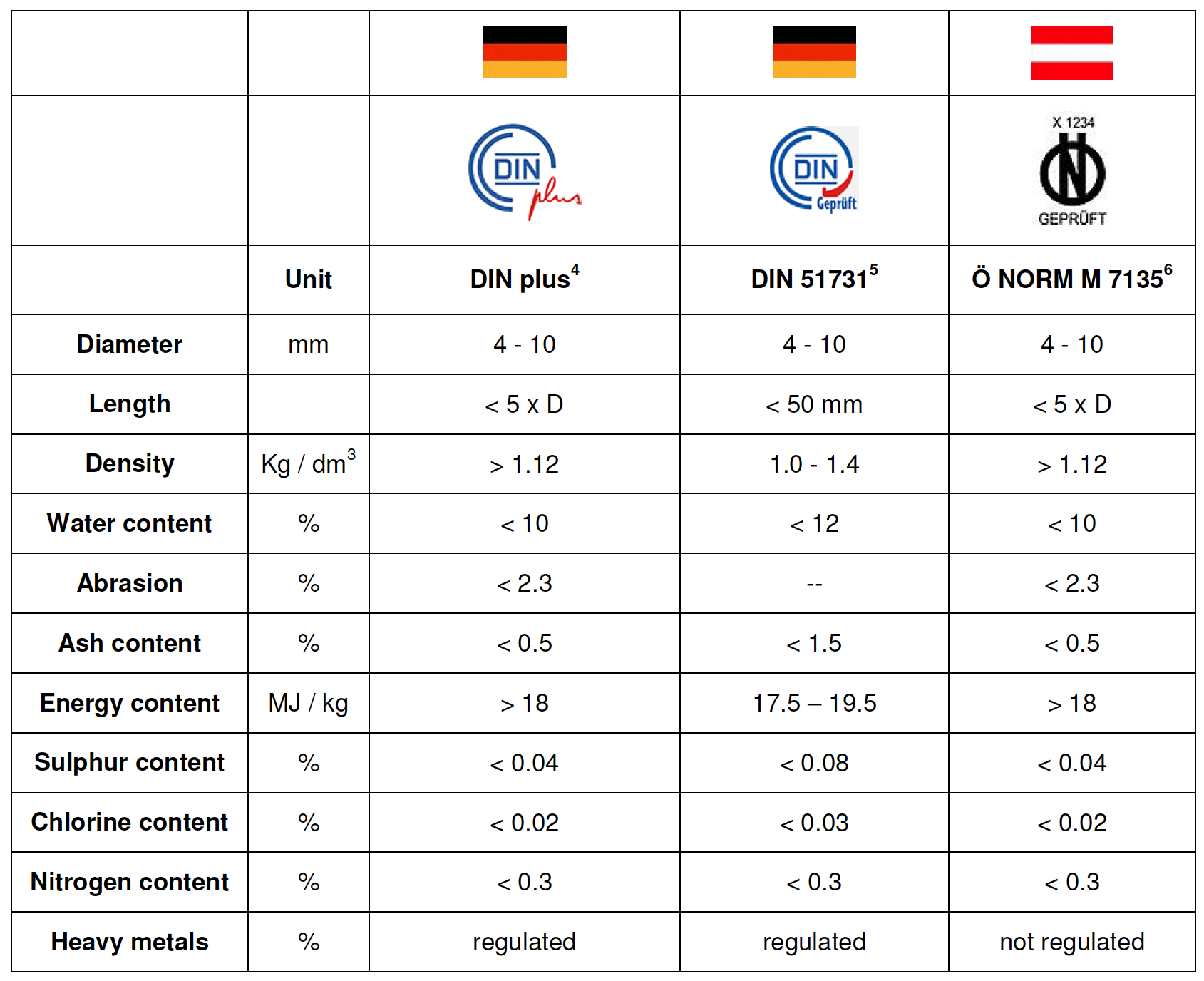What is the difference between green, naturally seasoned and kiln-dried firewood?
Wet firewood, also referred to as green wood, can have a moisture content of up to 200% of its own weight and it would take approximately 2 years to dry naturally in the right conditions. It is true that this firewood would take long to burn as you are basically trying to burn water. The firewood would mainly smoulder and do more harm than good to your stove, chimney and the environment. Burning green wood is definitely not recommended and ,in the long run, is not cost effective.
Is it cheaper to use unseasoned wood?
No. It is more expensive to burn unseasoned wood as the energy in the wood is used to dry itself and you will get less heat, making it the most costly and inefficient firewood to use.
How can you tell if your logs are well seasoned or not?
The most accurate way to check the moisture content in your firewood is by using a moisture meter. This is a small, inexpensive meter that is pressed into a piece of wood to get a reading of the percentage of moisture in the wood. It is important to split a log right before taking a reading to get a true reading in the centre of the log as the outer part of the wood dries out faster than the rest and will have a lower moisture content.
What moisture level is acceptable in firewood?
Ideally firewood should have a moisture content of less than 30% before being burnt. Our kiln-dried firewood has a moisture content of around 20%. This is by far the cleanest and most efficient wood to burn.
Does the hot Maltese climate help in seasoning wood naturally?
No. Even though our Maltese Summers are relatively long and hot it is very difficult to naturally dry firewood due to the high humidity levels. Wood will season naturally because the water will eventually evaporate from the wood surface until it reaches equilibrium with the humidity of the surrounding air. As the average annual humidity level is approximately 73%, it is very difficult to naturally dry firewood in Malta. When seasoning firewood it is important to put it in a dry, well ventilated area.
How can you avoid firewood from being attacked by insects?
Another problem with naturally drying firewood is that the firewood can get attacked by insects. To minimise this situation you should use kiln-dried wood as during the kiln- drying process all insects and eggs are killed. Using kiln dried wood also means that you do not need to store it for long periods of time. Which gives insects a chance to enter the wood.
What happens if my firewood gets wet due to rain?
As long as your firewood is properly seasoned, the moisture content will not increase as the rain water will only wet the wood surface and it will quickly dry. Once wood is seasoned it is impossible to re-hydrate it and for it to become green again.
Does the moisture content in firewood affect cooking in wood fired ovens or barbeques?
Using the right firewood or wood chips for cooking would drastically improve the results. Check out our Atmost Lunches for some cool recipes using our Outdoor Wood Ovens and Morsø Cast Iron Cookware. We also supply kindling to help you get your fire started.
Are all wood pellets used for Pellet Stoves the same?
There are different standards of certification. Inferior quality pellets, often pellets without or with low certification standards, should always be avoided as they may contain cardboard, sand and adhesives in order to reduce costs whilst also increasing the weight of the pellets. Inferior quality pellets would burn faster and create more smoke and ash which is not good for the pellet stove, the chimney and the environment. Pellet stove manufacturers always recommend using high quality pellets and at Atmost Malta we only stock the highest quality Dinplus and Enplus A1.
What certification should you look out for?
There are 3 types of Din and 3 types of En certifications of which the best certificates are Dinplus and Enplus A1.
Our Firewood products all come from Sustainable forestry.


